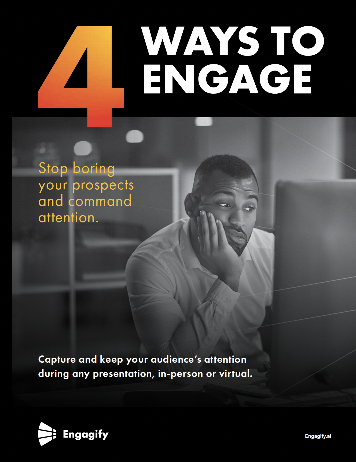When it comes to marketing, every cent counts. With tighter and tighter budgets, you have to make the right decisions every time, get that return on your investment, and drive your brand forward. Trade shows can be an excellent way to do just that, and get in front of thousands of potential customers who will have the chance to buy your product and get to know your brand. Unfortunately, failing to strategically plan how you drive traffic to your trade show exhibit in an increasingly competitive marketplace can mean a complete bust. Don’t let this happen to you! Here are 6 mistakes to avoid when driving traffic to your exhibit.
1. Going to the wrong trade shows.
Going to a show just because you were successful there last year or because you expect big crowds isn’t a reason to spend your well-managed marketing budget on a bad show! Take a look at the quality of leads that were generated from the previous year. Did any of those leads close? Before you look at ways of driving traffic to your booth, ensure that it’s worth your company’s marketing dollars to even be at the show.
If you’ve never exhibited at a specific show, talk with the organizers and previous exhibitors to get a sense of the quality of attendees. Is there anything major that would affect the turnout this year? You can’t afford to not do your research. The potential loss is too great.
2. A poorly designed or outdated display booth.
Many people who see your trade show booth will unconsciously decide if it is a success and worthy of their attention, and much of that depends on how well curated your display booth design seems. Trade shows booths must convey your brand’s message through seamlessly designed and executed themes. If your displays aren’t colorful, compelling, and coordinated your trade show is likely to be a failure no matter how polite your presentations and interactions are.
Additionally, if your display looks like something you’ve been using since the 90s and you haven’t done much to update it, you’re sending the wrong message. Take care to invest in updated trade show displays that will draw the right kind of attention and crowds to your booth, and that will send the right message to potential leads.
3. Bringing the Wrong Employees
Unlike mainstream advertising, affiliate marketing, and social media posting, trade shows are much more reliant on face to face communication. Some business owners and marketing executives don’t take this personal interaction into consideration during their trade show and might send employees who don’t add value. You may have subject matter experts who know their stuff but aren’t adept at communicating your value proposition to large groups of strangers. Finding the right mix of staff who can engage with booth visitors and really know their stuff will determine your frontline success.
4. Not engaging well with attendees.
No one likes to walk by a trade show table only to have the booth attendant pop out and force them into a conversation. While you can’t be completely passive, you don’t want to bully people into hearing your pitch, either. Most visitors are looking for interactive, interesting demonstrations, which means you need to create a reason for people to come up to your booth. Giveaways, contests, and games are all great ways to engage your audience. After all, most people would rather win a prize than just have something handed to them! Plus, while they stop to play a game, you have a little extra time to talk to them and pitch your brand.
5. Failing to follow-up with your leads.
Surprisingly, far too many companies allow leads to fall through the cracks after the show. This is a terrible waste of all that time and money you invested in the trade show in the first place! To avoid this, always be sure to designate a plan for gathering information at the show and for following up on leads afterward. Start going through and sending follow-up emails or phone calls the day after the trade show ends; the earlier you start, the more likely they are to remember you from the show, and why they were interested in your brand in the first place.
6. Lacking a strategy for determining trade show ROI.
What are your metrics? How do you plan to measure your performance at the event? What do you need to sell in order to “break even” on this event? It’s a good idea to ask yourself these questions before the show, and then start structuring your return on investment analysis plan. It’s important that each trade show you attend has sufficient returns, otherwise, you’ll end up costing your business tons of money that could have been spent otherwise. that the event had sufficient returns. Learn more about how to calculate your trade show ROI here.




